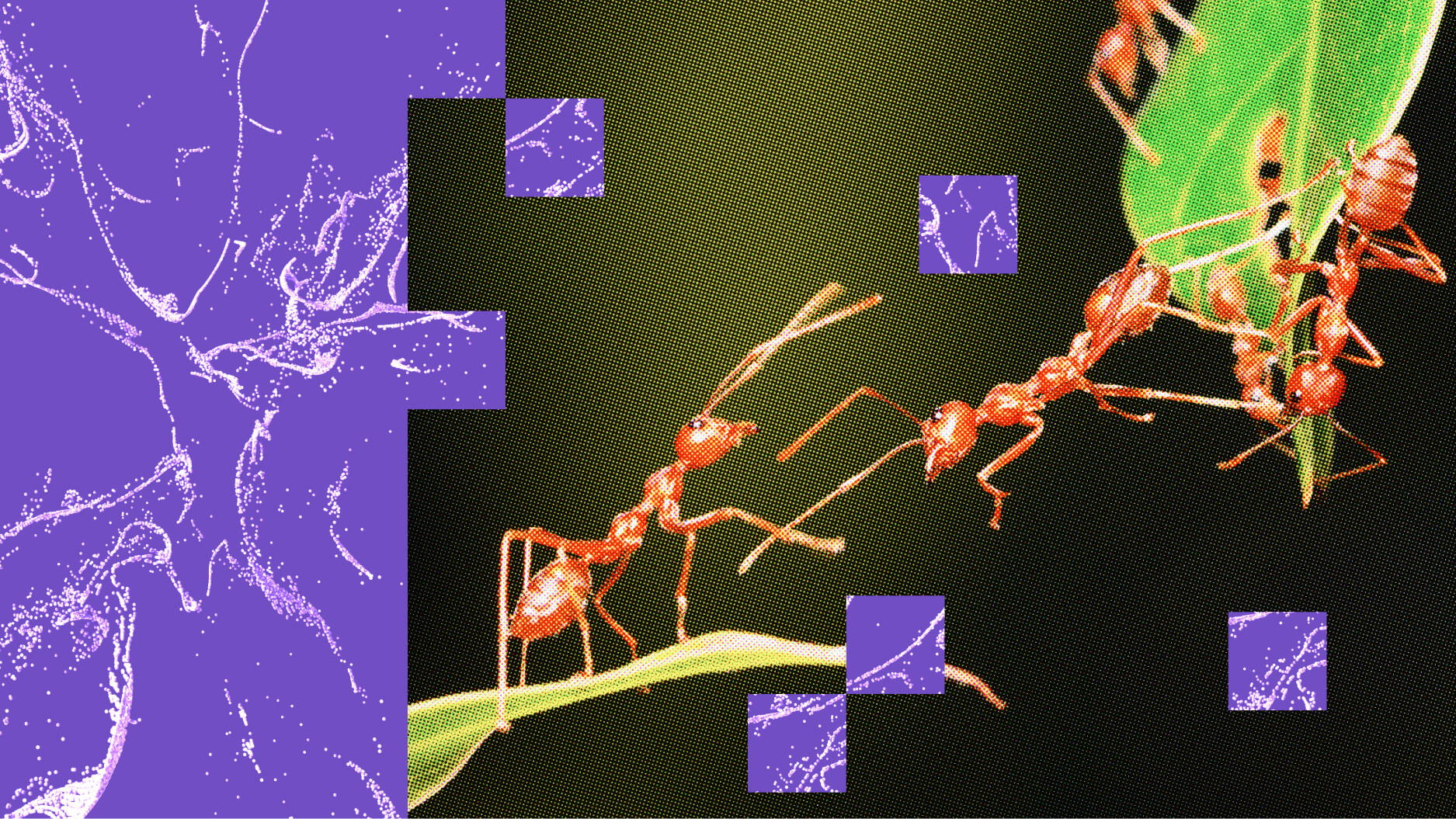Extreme Insertions: Competitive Eating and Pornography

Will Saletan of Slate casually likened competitive eating bouts to pornography, whereupon Katy Kelleher of Jezebel became justifiably indignant on behalf of pornography
In fairness to porn, competitive eating only resembles certain sub-genres of porn where the squick factor is built into the appeal. Most porn is more akin to the relatively wholesome vicarious pleasures of the Food Network or Saveur Magazine than a Major League Eating contest.
Competitive eating is the DVDA of ESPN. It’s supposed to be disgusting. What else would you call a competition where the winner downs 7 sticks of butter in 5 minutes?
Gulping 54 hot dogs in 10 minutes violates every eating taboo drilled into us from childhood: Don’t eat with your fingers, don’t pig out, don’t chew with your mouth full, don’t waste food. Our culture’s food values are notably contradictory and yet competitive eating somehow manages to violate them all–from the puritanical dictate that we should eat only to live, to the Epicurean ideal that eating should be a source of sensual and social pleasure. The competitors scarcely chew, instead they dunk the food in water to make it slide down their throats more easily.
Competitive eating even skirts the taboo against binging and purging. While contestants are disqualified for actually vomiting on the table (coyly dubbed a “Roman Incident” in the official rules), contestants are allowed to rid themselves of the food however they want after the final buzzer.
A company called Major League Eating has declared itself the world governing body of the “sport.” Under MLE’s guidance, community events like the Nathan’s July 4 hot dog eating contests have evolved into corporate gross-out fests that legitimize a freak show by calling it a sport. The 2010 Nathan’s contest drew 40,000 spectators and ESPN broadcast the event to 1.5 million homes.
This is just one of approximately 80 public gorge-a-thons that MLE sponsors each year. Contestants compete for nearly $600,000 in prize money, a paltry sum considering the risks of competition. Professional speed eating has existed for less than two decades, and there’s very little research on the health risks associated the passtime. Although, arguably, it’s an experiment whenever a human being eats 13 pounds of watermelon in 15 minutes flat.
A team of doctors from the U Penn med school performed gastrointestinal fluoroscopies on a competitive eater and a normal control subject in an attempt to discover how the pros could put away so many hot dogs so quickly. Their conclusions were disturbing:
“Our observations suggest that successful speed eaters expand the stomach to form an enormous flaccid sac capable of accommodating huge amounts of food. We speculate that professional speed eaters eventually may develop morbid obesity, profound gastroparesis, intractable nausea and vomiting, and even the need for a gastrectomy. Despite its growing popularity, competitive speed eating is a potentially self-destructive form of behavior.” (Emphasis added)
After looking at the pictures, the doctors’ main worry was that the stomach would eventually “decompensate” and lose the ability to retract to a normal size.
That’s in addition to the acknowledged short-term risks of gastric rupture, water intoxication and choking. For legal reasons, MLE insists that contestants are professionals and that nobody should ever train for a competitive eating event at home. You can buy the official MLE Wii game for the kids instead.
Like Saletan, I’m shocked competitive eating contests appear to be gaining mainstream legitimacy. Mayor Mike Bloomberg, a self-appointed public health crusader, attended the Nathan’s pre-bout weigh in ceremony and congratulated American champ Joey Chestnut on his hot dog eating prowess.
Astonishingly, Coca-Cola, Pizza Hut, Netflix, and Heinz are willing to associate their brands with MLE’s brand of spectacle. I can just see the subway ad campaign: “Nine out of ten bulimics prefer the Pizza Hut P’zone!”
It’s a free country. If adults get a kick out of pushing these boundaries, let them indulge; but let’s not kid ourselves about the source of the appeal.
[Photo credit: flickr user StefZ, licensed under Creative Commons.]





